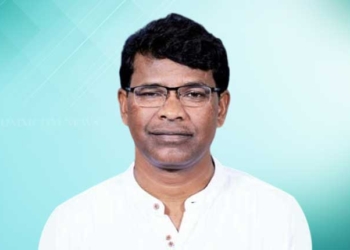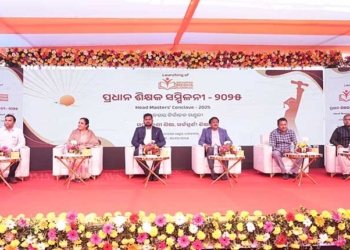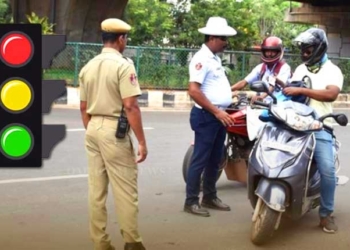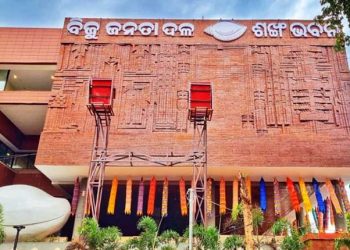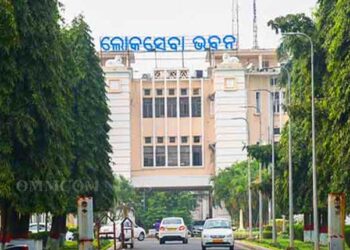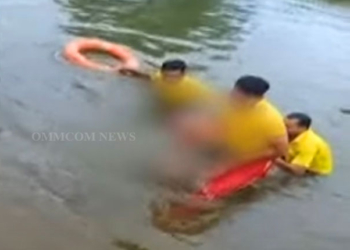India’s rich cultural heritage and religious history have been marred by numerous attacks and destruction of temples and sacred sites over the centuries. From the medieval period to the British colonial era, various rulers and empires sought to assert their dominance and impose their beliefs, leading to widespread destruction and desecration of Hindu temples and cultural icons. Islamic rulers like Mahmud of Ghazni and Aurangzeb and later British colonial powers also carried out attacks on Hindu temples, idols, and sacred texts, leaving a trail of devastation and cultural loss.
The Jagannath Temple in Puri faced numerous attacks and invasions throughout history. Throughout the ages the temple of Lord Jagannath had been invaded and plundered for eighteen times in the annals of history, according to the Madala Panji.
It’s pertinent to note that despite these attacks and invasions, the Jagannath Temple has continued to be an important cultural and religious symbol for the people of Odisha and India, and efforts have been made to restore and preserve its grandeur.
As the world prepares for the iconic Rath Yatra festival, Ommcom News revisits the tumultuous history of the attacks on Jagannath Temple.
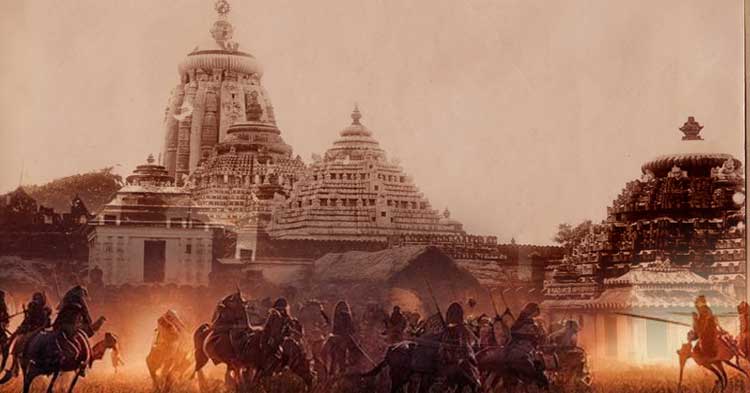
Trinity In Exile
The invasion of Raktabahu on the temple of Lord Jagannath is said to be the first one as per the record of the ‘Madalapanji’, the temple chronicle.
Raktabahu, a Muslim ruler, attacked the Jagannath Temple (Srimandir) in the 12th century, and to protect the deities, they were secretly shifted to Sonepur and hidden in a location called ‘Dian Bar’. This clever move kept the idols safe from the invaders for an impressive 200 years.
In 1340 AD, during the reign of Narasinghadeva-III, the Jagannath Temple faced its second invasion, this time by Illias Shah, the Sultan of Bengal. Narasinghadeva-III, feeling insecure, moved his queens to the safer location of Giridurga near Simachalam and prepared his military to defend Utkal. However, despite these efforts, Illias Shah launched a surprise attack on the Jagannath Temple. The attack resulted in widespread carnage, with devotees fleeing in panic. However, he successfully hid the sacred triad of Lord Jagannath, Lord Balabhadra, and Goddess Subhadra in a secret location, ensuring their safety.
In 1360 AD, during the reign of Ganga King Bhanudeva III, the Jagannath Temple faced its third invasion by Feroz Shah Tughluq, the Muslim ruler of Delhi. At the time of the invasion, Bhanudeva III was absent from his capital, but he swiftly returned to Puri with his army upon receiving news of the attack. However, by the time he arrived, Feroz Shah had already retreated to Delhi via Jajnagar (present-day Jajpur). However, there is no concrete evidence to prove that Feroz Shah desecrated the triad or plundered the temple.
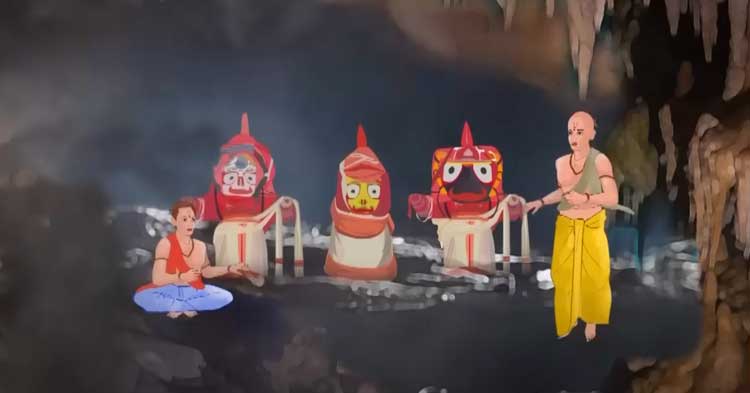
In 1509 AD, the Jagannath Temple faced its fourth invasion, led by Ismail Ghazi, the commander of Allauddin Hussain Shah, the Sultan of Bengal. At the time of the invasion, the Suryavamsi King Prataprudradeva, the ruler of Odisha, was away in the South. The temple priests, anticipating the attack, sailed the sacred triad to the foothills of Chadheiguha Pahada in Chilika Lake, ensuring their safety. Upon receiving news of the invasion, King Prataprudradeva rushed back from the Deccan and successfully drove Ismail Ghazi’s forces back to the point of Huguli in Bengal, thwarting the invasion attempt.
In 1568 AD, the Jagannath Temple faced its fifth invasion, led by Kalapahara, a Muslim invader and army assistant of Sulaiman Karrani, the Afghan Sultan of Bengal. During the reign of Mukundadeva Harichandan, the Chalukya King of Odisha, Kalapahara, along with Bayazid, the son of Karrani and commander of the Bengal army, and Sikandar Uzbeg, launched a military expedition against the temple. The motivation behind Karrani’s attack was reportedly Mukundadeva’s involvement in the political intrigues of the region, which led to a conflict with the Bengal Sultanate. This invasion marked a significant turning point in the history of the Jagannath Temple, leading to a period of political instability and religious tensions in the region.

Several invasions and plunders on the temple of Lord Jagannath at Puri were led by rulers namely Bayazid, Daud, Kuya Khan and Kutlu Khan Lohani who ruled over Odisha one after another.
In the eighth invasion, Hasim Khan, the Subedar of Orissa, attacked the Jagannath Temple at Puri during the reign of Purushottam Deva, who was also the King of Khurda. Anticipating the attack, Purushottam Deva wisely shifted the deities to the Gopal temple at Khurda before Hasim Khan’s arrival. In an attempt to appease his master, Jahangir, the Mughal emperor, Hasim Khan plundered the temple, but the deities were safely returned to the Jagannath Temple in 1608 AD by King Purushottam Deva.
The ninth invasion occurred in 1610 AD, when Kesodasmaru, a Hindu Rajput Jagirdar serving under Hasim Khan and a friend of Jahangir, launched a surprise attack on the temple during the car festival celebrations. Disguising himself as a pilgrim, Kesodasmaru arrived at Puri with his loyal soldiers, who were not wearing military uniforms, and caught the devotees off guard. This cunning move allowed Kesodasmaru to gain access to the temple and carry out his nefarious plans.
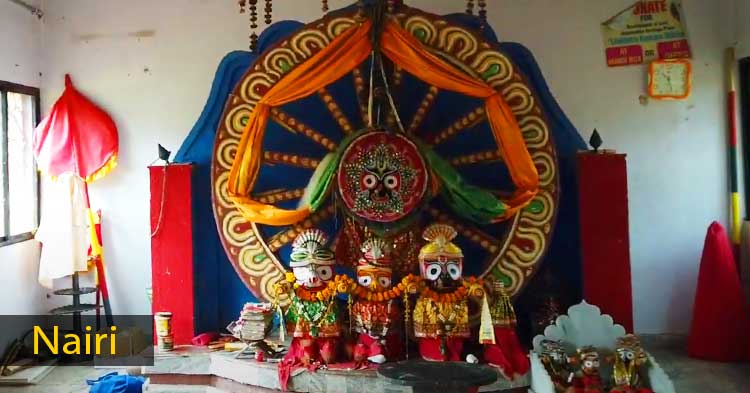
In the late 17th century, the Jagannath Temple faced repeated attacks by Mughal forces led by Taqi Khan, during the reign of Gajapati King Ramachandra Deva. To protect the deities, they were secretly removed from the temple and hidden in various locations surrounding Chilika Lake, which spans across present-day districts of Puri, Khurda, and Ganjam in Odisha. Some of the places where the Gods were hidden are Marada, Khurda Garh, Chikiti, Tikabali, Bankuda Kuda, Athagarh Patna and Nairi among others.
Rashmi Rekha Das





